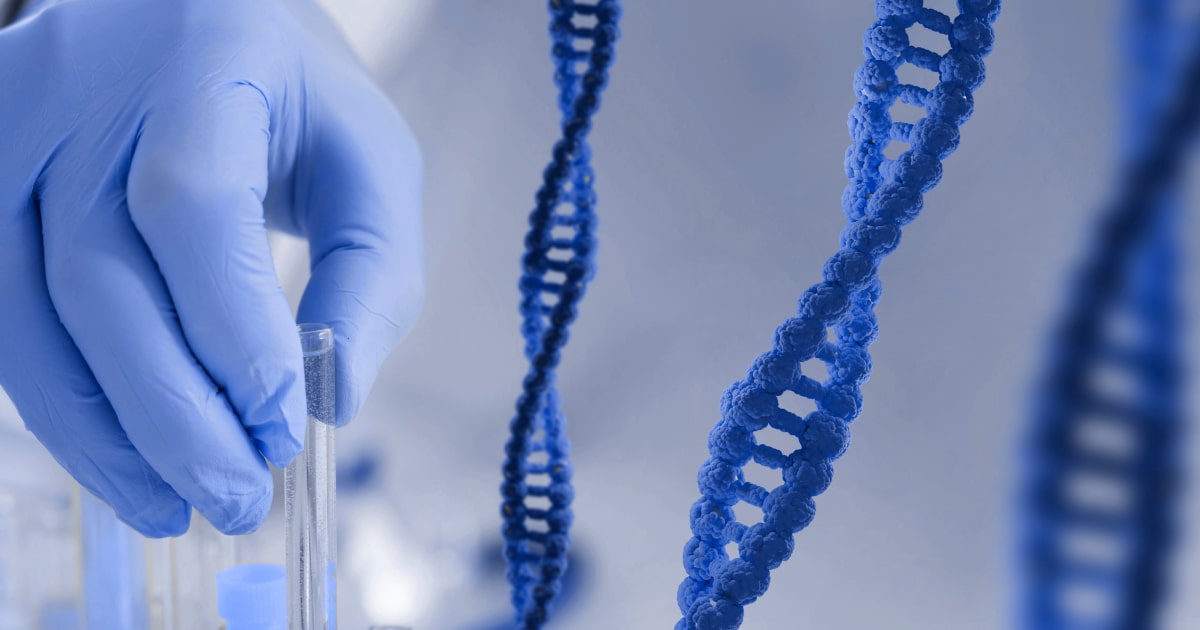
Expert Reviewed By: Dr. Brandon Colby MD
Noonan-like syndrome is a group of genetic disorders that share similar clinical features with Noonan Syndrome, a condition characterized by distinctive facial features, short stature, heart defects, and other developmental abnormalities. These related disorders, collectively known as RASopathies, arise due to mutations in genes involved in the RAS/MAPK pathway, a critical cellular signaling pathway. Accurate diagnosis and management of Noonan-like syndrome are essential for ensuring optimal patient care and outcomes. This article delves into understanding the clinical and genetic characteristics of Noonan-like syndrome, the significance of genetic testing, and its potential applications in managing the condition.
Recognizing the Clinical and Genetic Characteristics of Noonan-like Syndrome
According to a study on the clinical and genetic features of Noonan Syndrome and related disorders, Noonan-like syndrome encompasses a spectrum of conditions with overlapping clinical features. These include Cardio-facio-cutaneous (CFC) syndrome, Costello syndrome, and LEOPARD syndrome, among others. While each of these conditions has distinct genetic causes, they share similarities in their clinical presentation, making diagnosis a challenge.
Common clinical features of Noonan-like syndrome include:
- Distinctive facial features such as a broad forehead, wide-set eyes, and low-set ears
- Short stature and growth delays
- Heart defects, particularly pulmonary valve stenosis and hypertrophic cardiomyopathy
- Developmental delays and learning disabilities
- Increased risk of certain cancers
Diagnosing Noonan-like Syndrome: The Role of Dermatological Manifestations
In addition to the shared clinical features mentioned above, Noonan-like syndrome often presents with specific dermatological manifestations that can aid in the differential diagnosis. A study on dermatological diagnosis, management, and care of non-NF1 RASopathies highlights the importance of recognizing these skin findings in accurately diagnosing Noonan-like syndrome.
Dermatological manifestations that may be observed in Noonan-like syndrome include:
- Café-au-lait macules (light brown patches on the skin)
- Multiple lentigines (small, dark spots on the skin)
- Hyperkeratosis (thickening of the outer layer of the skin)
- Loose, redundant skin, particularly in Costello syndrome
Unlocking the Genetic Puzzle: The Utility of Genetic Testing for Noonan-like Syndrome
Given the overlapping clinical features of Noonan-like syndrome, genetic testing plays a crucial role in establishing a definitive diagnosis. Identifying the specific genetic mutation responsible for the condition not only aids in accurate diagnosis but also has implications for management, prognosis, and genetic counseling.
Confirming the Diagnosis
Genetic testing can help confirm a suspected diagnosis of Noonan-like syndrome by identifying the specific gene mutation responsible for the condition. This information can then be used to differentiate between the various RASopathies and guide appropriate management strategies.
Genetic Counseling and Family Planning
Once a specific genetic mutation has been identified, genetic counseling can provide valuable information to affected individuals and their families about the inheritance pattern of the condition and the risks of passing the mutation to future generations. This information can be invaluable in making informed decisions about family planning and prenatal testing options.
Targeted Therapies and Personalized Medicine
As our understanding of the genetic basis of Noonan-like syndrome continues to expand, there is potential for the development of targeted therapies aimed at correcting the underlying molecular defects. Genetic testing can help identify suitable candidates for such therapies, paving the way for personalized medicine and improved patient outcomes.
Monitoring for Complications
Some Noonan-like syndromes are associated with an increased risk of certain cancers. Genetic testing can help identify individuals at risk, allowing for appropriate surveillance and early detection of malignancies, ultimately improving patient outcomes.
In conclusion, Noonan-like syndrome represents a group of related genetic disorders with overlapping clinical features. Accurate diagnosis is essential for optimal management, and genetic testing plays a pivotal role in this process. As our understanding of the genetic basis of Noonan-like syndrome continues to evolve, genetic testing will likely play an increasingly important role in guiding patient care and improving outcomes for those affected by these complex conditions.
About The Expert Reviewer
Dr. Brandon Colby MD is a US physician specializing in the personalized prevention of disease through the use of genomic technologies. He’s an expert in genetic testing, genetic analysis, and precision medicine. Dr. Colby is also the Founder of and the author of Outsmart Your Genes.
Dr. Colby holds an MD from the Mount Sinai School of Medicine, an MBA from Stanford University’s Graduate School of Business, and a degree in Genetics with Honors from the University of Michigan. He is an Affiliate Specialist of the American College of Medical Genetics and Genomics (ACMG), an Associate of the American College of Preventive Medicine (ACPM), and a member of the National Society of Genetic Counselors (NSGC)